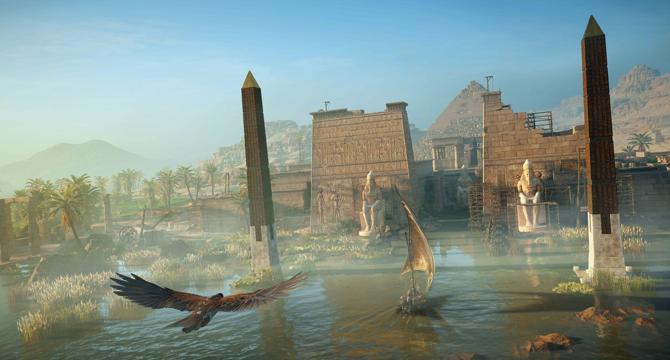Rockpapershotgun
2w
107

Image Credit: Rockpapershotgun
Open worlds can afford to be small, as long as they feel vast
- As game developers reconsider the importance of open world sizes, the focus shifts towards creating worlds that feel vast rather than being physically massive.
- Simon Lemay-Comtois of Assassin's Creed Shadows emphasized the significance of perception over actual map size, prompting a shift in how world sizes are evaluated.
- James Wragg, founder of Lovely Hellplace, highlights the impact of visual cues on players' perception of scale within a game world.
- Ben Fisher from Rebellion discusses the choreography of game worlds, emphasizing the importance of pacing and player engagement over sheer size.
- Quantifying open world size is evolving to consider factors beyond physical measurements, such as the density of content and the player's cognitive experience.
- The approach to designing open worlds involves manipulating player perception to create varied, engaging experiences without excessively large maps.
- The perception of size in open worlds is crucial for enhancing gameplay and ensuring players remain immersed in the world's intricacies.
- Games like Skyrim are praised for their ability to create a sense of vastness through geographical features, while titles like Far Cry are critiqued for their chaotic, enclosed environments.
- Assassin's Creed Origins stands out for its utilization of the Nile River to enhance the feeling of scale and grandeur within its open world setting.
- Ultimately, the discussion surrounding open world sizes emphasizes the importance of creating immersive, engaging worlds that captivate players through perception and design, rather than sheer scale.
Read Full Article
6 Likes
For uninterrupted reading, download the app